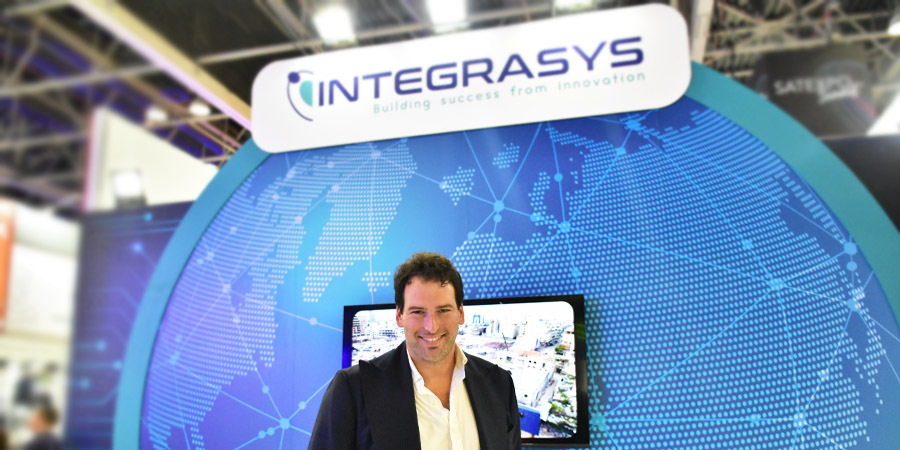INTEGRASYS has been a frontrunner in software development and engineering for the intricate world of satellite networks, delivering solutions to its customers since the 1990s. In an exclusive interview with Telecom Review, INTEGRASYS CEO, Alvaro Sanchez, elaborated on the importance of network virtualization to harness innovation and the company’s motivation to deliver meaningful solutions for its telco customers.
How do INTEGRASYS’ solutions address the interoperability of SATCOM connectivity for its potential customers, specifically the telcos?
We have been working with telcos since 1990, where we fronted projects with companies such as Telefónica and others. We want to design our products as solutions to telco problems by simplifying telcos' time and effort with technologies related to SATCOM.
We will accomplish this by designing the network in a multi-orbit environment and we will utilize GEO to monitor services better. Moreover, they will be able to invoice customers quickly and efficiently. Furthermore, we will automate the supply chain and make sure that the 5G networks do not affect their current services. This will ensure that the connectivity they provide is available 99.99 percent of the time.
Could you provide an overview of the advancements in the utilization of GEO, MEO, and LEO satellites? How do these advancements contribute to the broader integration of satellite communication technology across multiple orbits?
No orbit is perfect; GEO has been very traditional and very good for many years. LEO is the new entrant that is disrupting the market significantly and MEO is an alternative to LEO. The combination of many orbits gives connectivity strength similar to frequency bands.
There is no one-size-fits-all orbit. In that regard, the combination makes for more reliable and faster service delivery, obtaining backups when needed, and so on. It’s about combining those multi-orbits in a simple way to provide the quality of service to a user during demanding times. These demanding factors include latency issues, bandwidth issues and customer delivery.
When it comes to infrastructure development, what specific factors should regulatory authorities examine to foster innovation within the context of the 5G and AI landscape?
We have been working for a long time with 5G broadband and incorporating artificial intelligence (AI) automation, including machine learning (ML), into our systems. On the infrastructure side, I would say virtualization and software applications (instead of hardware) help on the innovation front because it is much easier to update a PC or software than it is to update a host bus adapter (HBA) or different kinds of hardware.
If you can enhance your applications over time to be more secure—preventing your networks from being exposed and corrupted—that will give you the competitive advantage to deliver great customer success.
In that regard, it’s very important to enhance the life of the network to get good returns on the investment made in the infrastructure. For example, a 4G cell tower can be upgraded to 5G through virtualization, saving significant CapEx and ultimately helping the business models as well.
How does INTEGRASYS plan to execute its expansion strategy in the MENA region?
In the MENA region, we have been working significantly for at least seven years, especially in Saudi. Our customers in the region include stc, DETASED, Arabsat and many others. We opened our office in the UAE two years ago in Dubai. We have the intention to grow in the MENA region.
In Africa, we haven't established any office yet but we will evaluate and see how we can support many of the Northern, Southern, Eastern and Western African operators. We believe that we have been successful and can be even more successful.
We plan to continue to be local and enhance our presence in this market, both locally and remotely, with more innovation. We have won several innovation awards in the last three years, most recently in 2024.
We believe that by listening to our customers’ needs, which vary across different regions, we can solve their problems through innovation. We don't innovate based on what we think is great, we innovate to solve our customers’ needs. We want to maintain that relationship, trust and conversation to avoid designing the wrong solution for the wrong problem; we need the right solution for the right problem. For us, feedback and interaction are mandatory for our business success.










